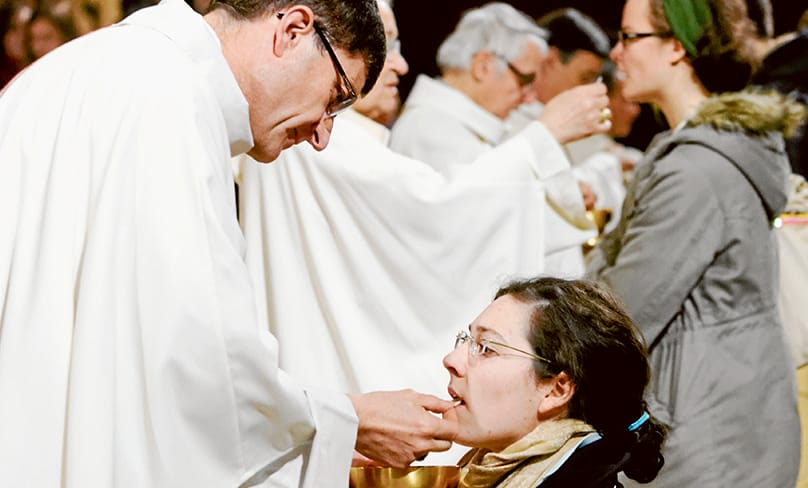
What I would like to see the Instrumentum Laboris for the Plenary do is:
Focus on the practicing Catholics first. We are realistically a Church of around 600,000 people. Acknowledge the demographic hole we’re in and do some proper data modelling of practicing Catholics to suggest where we will be in 2050.
Realistically map where our practicing Catholics live in Australia. Plan how we can ensure that outlying practicing Catholic hubs get Mass every Sunday and regular access to the other Sacraments as needed.
Construct an accurate age profile of our diocesan clergy and realistically map them against practicing Catholic numbers in each diocese. Start an honest discussion about redrawing diocesan boundaries to reflect the likely future realities of the practicing Catholic Church in Australia. Plan a bishop-led, energetic re-catechesis on the Sacraments. Australian Catholics need to be re-taught the real relationship between Mass, Holy Communion, and Reconciliation.
Take sacramental preparation out of the Catholic schools and return it to the parishes, reconnecting the parish priest, the sacraments, the parents, and the families. This should put an end to the ‘exit sacraments’ process.
Actively encourage extended Eucharistic Adoration in every parish church in Australia. Alongside this, immediately cease weekday and Sunday lay-led Holy Communion services in any church within a 20km radius of a church where weekday and Sunday Mass is available.
Overhaul the liturgy. Consult the survivors – the young, middle-aged, and old who still attend Mass every Sunday. Ask them why they’re still practicing.
Acknowledge the existence of – and great blessings brought by – traditionally minded and Extraordinary Form communities and priests in Australia. They’re the ones most likely to be still here in 2050.
Actively encourage kneeling for reception of Holy Communion and Mass offered facing the tabernacle. If this is too much, then at least stop persecuting the people and priests who want to worship in this way. They are doing no harm to anyone.
Give us our fathers back. Be unafraid to preach a poor, chaste, crucified Christ – young men can and will respond generously. Screen seminarians thoroughly and carefully for sexual problems, including porn addiction.
Accept the Church’s 2005 directive and don’t ordain men with deep-seated homosexual tendencies. Provide real support to all celibate clergy of every age and encourage prayerful shared living arrangements between priests. Encourage bishops to welcome overseas religious orders to their dioceses or start their own. Ask serious and painful questions about the Catholic Church’s relationship with taxpayers’ money in Australia, especially in our Catholic schools.
I think that’s enough to be getting on with for now. None of it is impossible; all of it is very achievable with current resources.
If the Instrumentum Laboris will grapple with these things, then the finer points in the Discernment Papers – greater inclusion of marginalised peoples, more prayerful communities, greater love of Jesus Christ, evangelisation – will all become much easier and more achievable.
But if we try to do this the other way around, we will be building a house on sand. We’re standing in the wreckage of that already.
Related Articles
